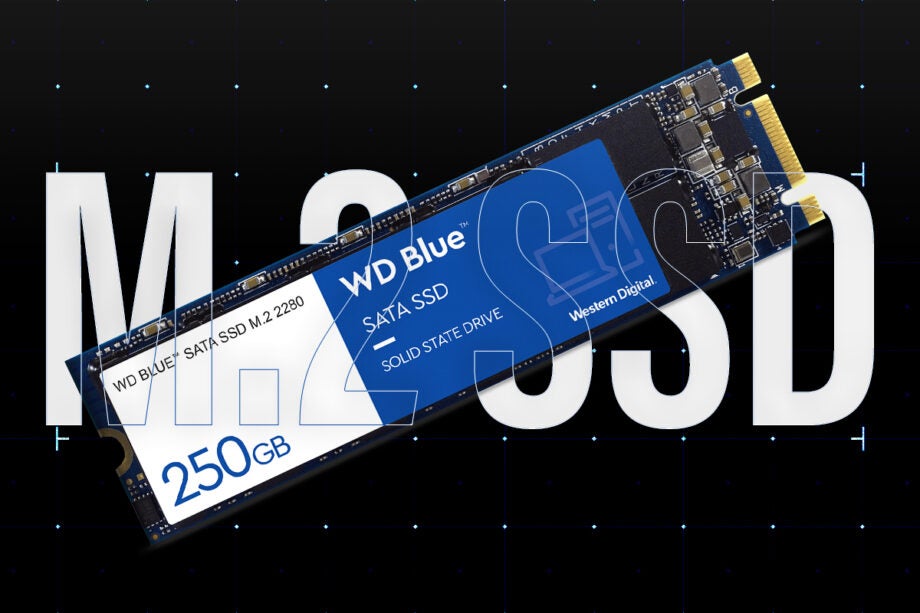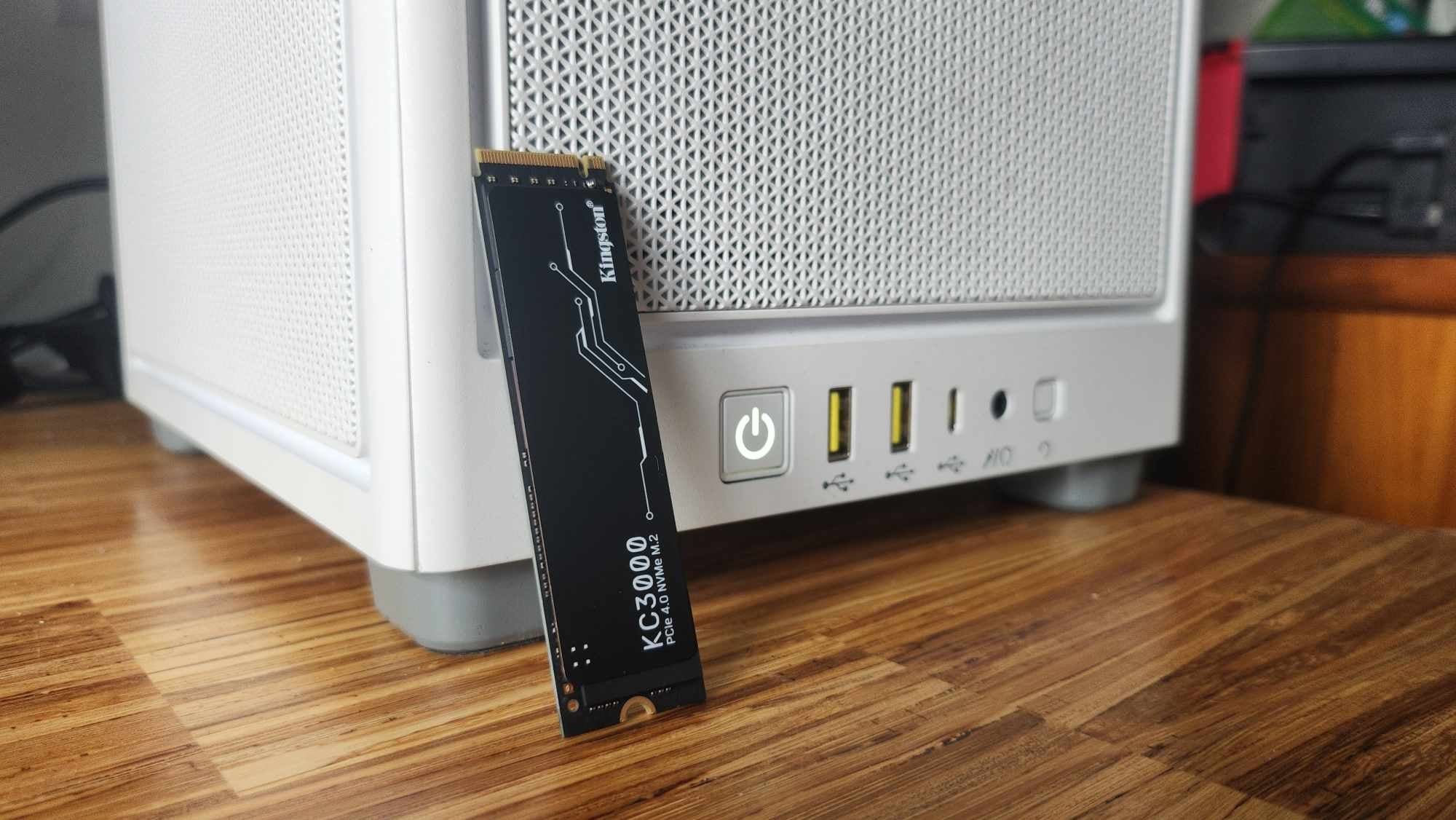What is an M.2 SSD?

If you’re looking to invest in a new ultrabook, tablet or gaming laptop, you may have come across M.2 SSDs. But, what are they?
Found in everything from slim tablets to the PS5, M.2 SSDs are becoming increasingly popular for a variety of reasons.
We’ve put together this guide to break down everything you need to know about M.2 SSDs, including what they are and how they differ from standard SSDs and HDDs.
What is an M.2 SSD?
M.2 SSDs are smaller alternatives to standard, 2.5-inch solid-state drives (SSDs). They’re often found in thin devices like tablets, ultrabooks and lightweight gaming laptops, thanks to their skinny, rectangle shape.
However, while M.2s may be small, that doesn’t mean they aren’t powerful. In fact, some of the fastest SSDs currently available use the M.2 format.
M.2 SSDs have the potential to improve everything from boot-up times to loading times in a video game when compared with traditional hard disk drives (HDDs) thanks to the higher read and write speeds.
The small size of an M.2 SSD also makes it better suited to smaller devices, though you can also find them in larger computers and even be used for expandable storage in the PS5.
How do they compare to 2.5-inch SSDs?
Not only are M.2 SSDs more compact than their 2.5-inch counterparts, but they can also be faster.
Unlike 2.5-inch SSDs, which rely on the SATA bus used by hard drives, M.2 SSDs can also be capable of supporting the PCIe bus (typically used by add-in cards), which is faster and offers higher bandwidth.
M.2 SSDs that use PCIe can also support the high-performance NVMe protocol, depending on the model you buy.
Opting for an M.2 SSD doesn’t automatically guarantee you’ll see faster speeds. This all depends on which type you pick up, whether that be a SATA one, a PCIe one or a PCIe one that supports NVMe. In fact, your results can vary dramatically in this respect.
Generally speaking, SATA M.2 SSDs are limited to max read speeds of 600MB/s, while the latest NVMe PCI 4.0 M.2 SSDs can offer read speeds as high as 7000MB/s. This means that apps will open faster, files will install quicker and gamers will see huge reductions in the time they spend on loading screens.
On the flip side, M.2 SSDs can’t always offer the same capacity as larger 2.5-inch SSD cards. They’re typically limited to 2TB of storage, whereas SSDs can range as high as 100TB in rare cases.
Can I use an M.2 SSD in my PC?
If you want to invest in an M.2 SSD, you’ll need to make sure you have a motherboard that supports the M.2 slot, along with the relevant SSD standard (for example, PCIe 3.0, PCIe 4.0, etc.).
If you have multiple slots, you have the option to run more than one M.2 SSDs simultaneously in RAID, which could allow you to surpass the 2TB storage limit. However, M.2 SSDs aren’t cheap so you’ll definitely want to do your research before upgrading your computer.





